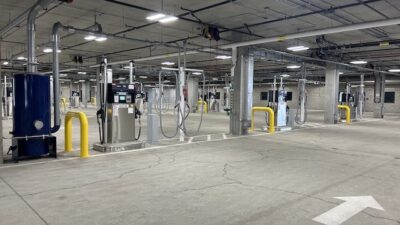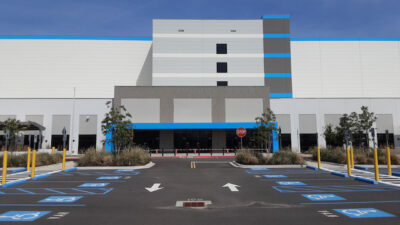How advanced signaling technology will play an essential role if the world increases its railway capacity.

People are traveling more than ever before – and they increasingly choose rail to doit. To meet this demand, countries must either build new railways or increase capacity on their existing lines. I think using what you have more efficiently is often the better and cheaper option. In many developed countries, finding the land to build new lines is a challenge – as is meeting the huge cost of such projects. Technology offers a more affordable way to deliver the required capacity by allowing you to run trains faster and closer together without altering the track.
Take a 10km stretch of track as an example. Now imagine there was a way to let four trains use it at any one time instead of, say, two trains. You’ve doubled the capacity. This is a possibility that is being opened up by communications-based signaling technology such as the European Train Control System, which Arup is working on in the UK for Network Rail in a joint venture with Ansaldo.
Such systems replace traditional trackside signals with a display inside every train cab. Increased capacity is far from their only benefit. This sort of signaling reduces maintenance costs because it needs less line-side equipment, improves performance and enhances safety by automatically stopping the train if it goes too far or too fast on a particular stretch of track.
However, current technology like ETCS would probably deliver an increase in capacity of just 20% or so. What’s more exciting is the potential offered by high-speed cellular communications such as 4G LTE. This will enable information about trains’ locations to be pinpointed more accurately and transmitted faster.
With high-speed communications, you can run very fast trains very close together very safely – increasing capacity. Take two trains running one behind the other at 200kph, for example. If the first train slowed down, the signaling system would reduce the speed of the following train by the same amount. Communications-based signaling would free up capacity in other ways too. You would no longer need separate lines for fast and slow trains traveling along the same route, as is often the case today. Instead, travelers could be better served by faster services each stopping at a different selection of stations.
So just how much capacity could this add? Using this approach, I believe it will be possible to double capacity on a typical railway within the next 20 or 30 years. And the capital cost of fitting the required equipment in trains is much lower than the capital cost of building entirely new lines. What’s more, the absence of line-side equipment makes this signaling equipment cheaper to maintain too. Instead of maintenance crews traveling out to look after remote equipment that has proven vulnerable to vandalism and theft, the equipment would come to them – on-board the trains.
Tony Vidago leads Arup’s global rail engineering business. This post originally appeared on Arup Thoughts https://thoughts.arup.com/post/details/350/the-worlds-railways-need-more-capacity. Edited by Jessica DuBois-Maahs, associate content manger, CFE Media, jdmaahs(@cfemedia.com.



